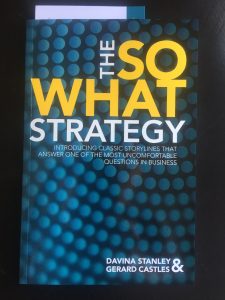Assuming that one has capable resources to get the job done, the most important thing needed for a competitive analysis is an articulation of the true problem statement. The need to perform a competitive analysis is not a problem statement in of itself. Is the problem statement a broad one to simply formulate strategy? Unlikely. Not focused enough. Perhaps it is about assessing the atrractiveness of services A, B, and C in a particular market? Or perhaps it is about a financial assessment of competitiveness from a risk management perspective? Or maybe the purpose is to determine the robustness of an organizational model relative to competitors? All of these? Some of these? Other?
The point is that competitive analysis is just a tool, and there are many tools. Which tool and approach one picks actually depends on refining the problem statement properly. Why do we want a competitive analysis? What problems are we actually trying to solve? Who in the organization is the analysis for? Get to the core needs. Then determine what competitive analysis approaches are the right ones given the problem, audience, time, effort, precision, and resources required.
Steve Shu specializes in incubating new initiatives with a primary focus on strategy, technology, and behavioral science. He is author of Inside Nudging: Implementing Behavioral Science Initiatives and The Consulting Apprenticeship: 40 Jump-Start Ideas for You and Your Business.



